It's all about the wildlife at Hyena Pan
Positioned between Moremi Game Reserve, Chobe National Park and the Khwai River, the exclusive concession is a meeting point for more animals than you can shake a stick at. Think nomadic herds of elephant and buffalo, lion, leopard and wild dog fiercely defending their territories, as well as kudu, red lechwe and herds of dainty antelope dotted across the plains.
And then there’s the camp itself. From its lofty position amongst a grove of cathedral mopane trees, the eight tents at Hyena Pan look over a watery lagoon of the same name. In the morning, you’ll open your tent flaps straight on to the trumpeting elephant in the lily-filled waters below, spend your siesta watching herds splash and snort, and fall asleep to antelope grazing just outside your canvas walls. This isn’t a place for those looking for opulence and extravagance; it’s a private piece of big-game Africa, where the wildlife encounters are authentic, intimate and always wild.
- Located in the interior of the 200,000 hectare Khwai Private Reserve, Hyena Pan offers brilliant value for money and an all-round fantastic safari in a private concession.
- With only eight, recently upgraded tents, the camp is intimate, comfortable and welcoming.
- Spend an afternoon in the ground level hide, a favourite amongst photographers, and capture some shots that you’ll remember for life.
- Located next to the only permanent source of water for miles around (a magnet for wildlife – elephant in particular), you don’t even need to leave the comfort of your room for top-notch wildlife-watching.
- Game drive across the dry plains and along the Khwai River, and keep your binoculars at the ready for predators, majestic elephant, buffalo, and hordes of plains game.
- After a hard day’s game viewing, settle down in the open air boma to watch the fire crackle and listen to the sounds of the night…
The Camp
Hyena Pan has eight tents, designed in a theme of stylish simplicity and a whole lot of character. You’ll find everything you need, and nothing you don’t. Each tent has twin beds, which can easily be made into doubles – and there’s no gap to fall through in the middle of the night, we promise! Mesh nets keep the mozzies out, and there’s an electronic safe to store valuables, along with a luggage rack and wardrobe. Each tent is also solar powered, with international plug points but no hair dryers. A gas geyser pumps constant hot water to the ensuite bathroom and indoor shower. Battery charging facilities are available in the mess tent and in-room, and a complimentary laundry service is provided. The Camp welcomes children aged 6 years and older. Please enquire with our team regarding disabled access.
Amble down to the heart of the camp, and you’ll find the dining deck and lounge areas. Keep an eye on the comings and goings at the waterhole from a slouchy sofa, or float in the mini-splash pool and watch the wildlife doing the same below. Meals are wholesome and tasty, and after you’ve finished munching, the night is best spent in the open-air boma with a nightcap (or two or three). When darkness falls, the waterhole is illuminated and all its David Attenborough-esque action, sadly without the voiceover.
What to do?
- Enjoy morning and afternoon game drives through the 200,000 hectare concession and along the Khwai River.
- Get a great view (and some pretty good photos) of the wildlife from our ground level hide alongside the waterhole.
- Swap a hippo’s-eye view for a bird’s-eye one, and spend the morning or afternoon atop a five-metre high elevated platform, close to camp.
- Take a game walk with an informative guide.
When to go?
Both the green and dry seasons in Khwai have their own charms, and we rather like both. When the rains fall from December to March, the area floods and you’ll find astonishing numbers of hippo, elephant and buffalo, accompanied by a rainbow-coloured array of water birds. The rains do however scatter the wildlife far and wide, and you may need to travel a little further on game drives during these months to spot the wildlife.
In Botswana, winter brings a scorching desert sun (lucky for some) and the seasonal waterholes evaporate, whilst smaller ones dry up completely. At Hyena Pan, the water remains, and animals flock to the last droplets of water, and there’s drama aplenty between predator and the unlucky prey. June, July and August are traditionally the best times for game viewing in Botswana, but don’t rule out September and October either. And regardless of when you go, we’d recommend at least three nights and two full days to discover everything you need to.
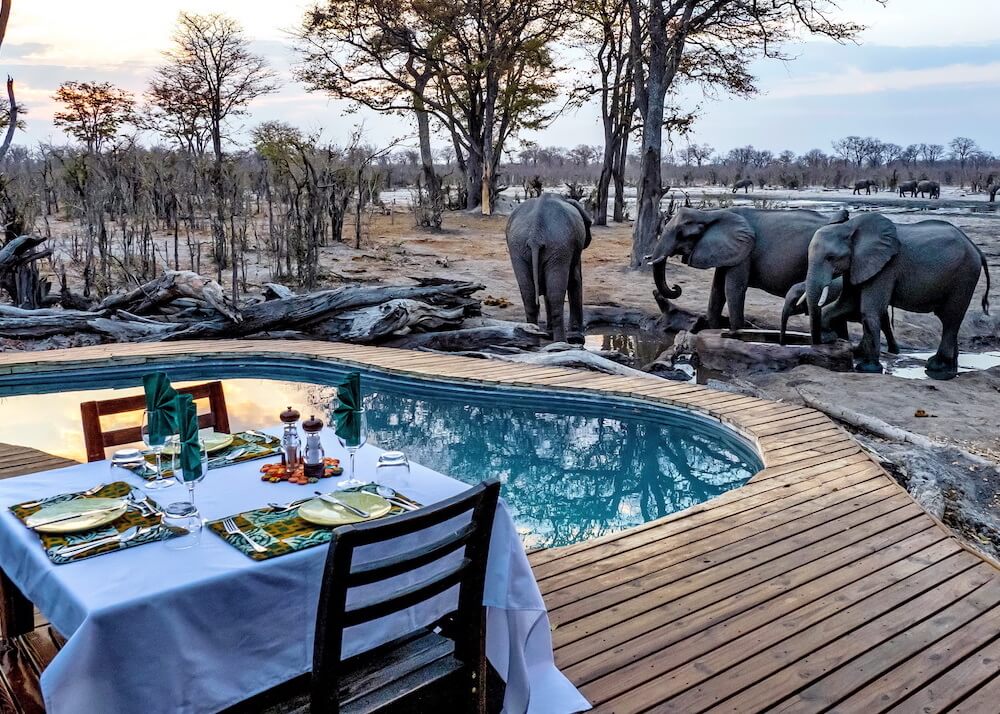
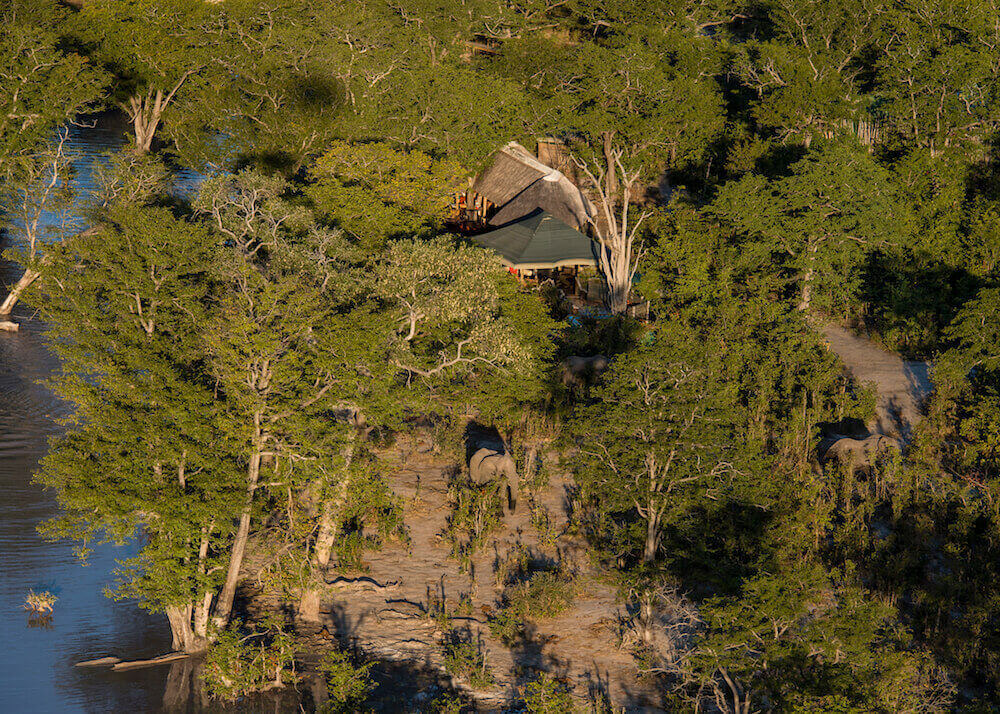
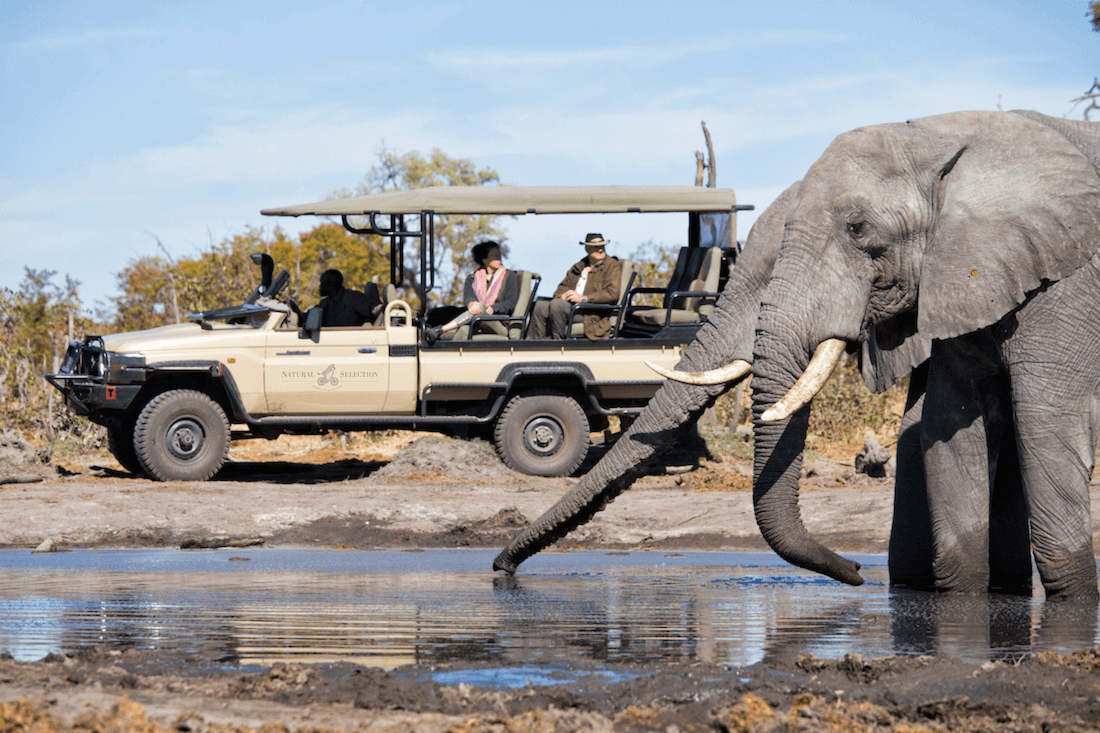
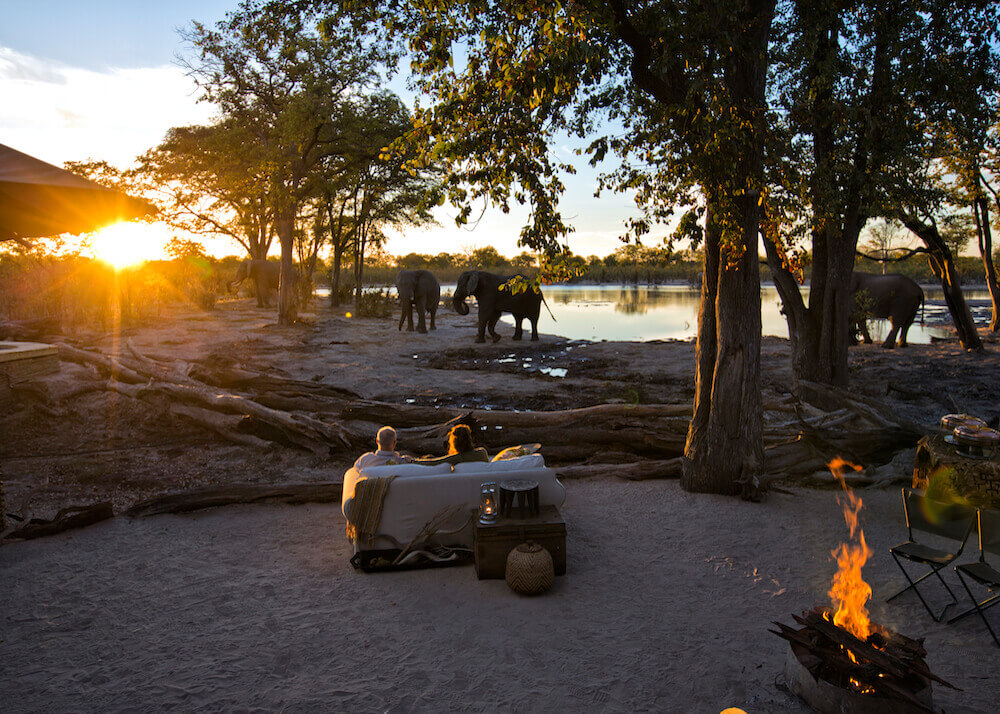
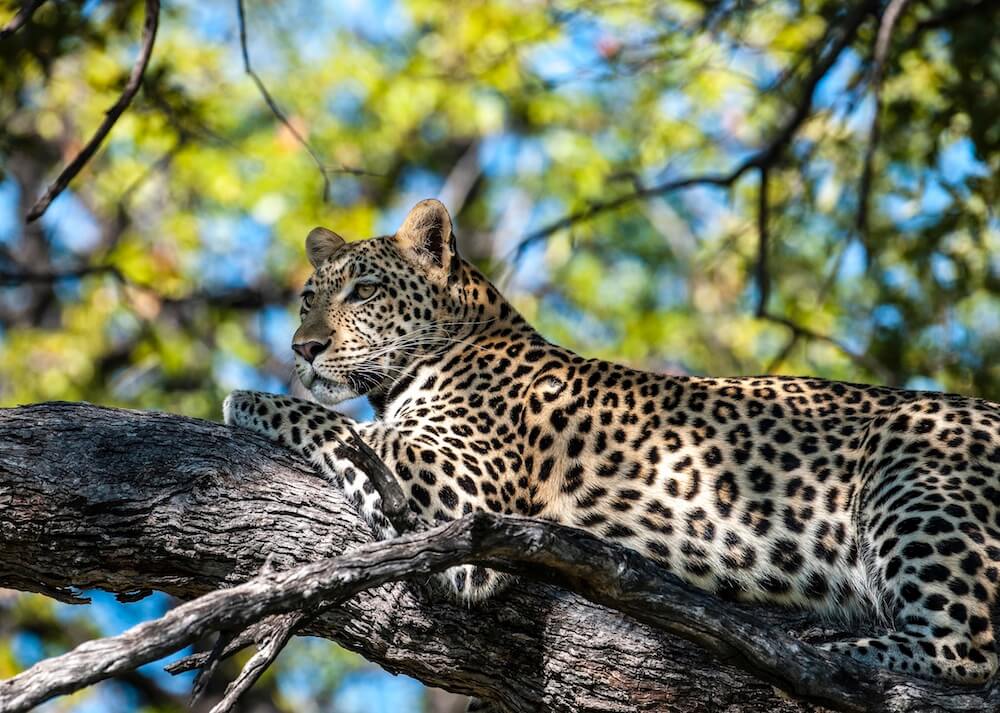
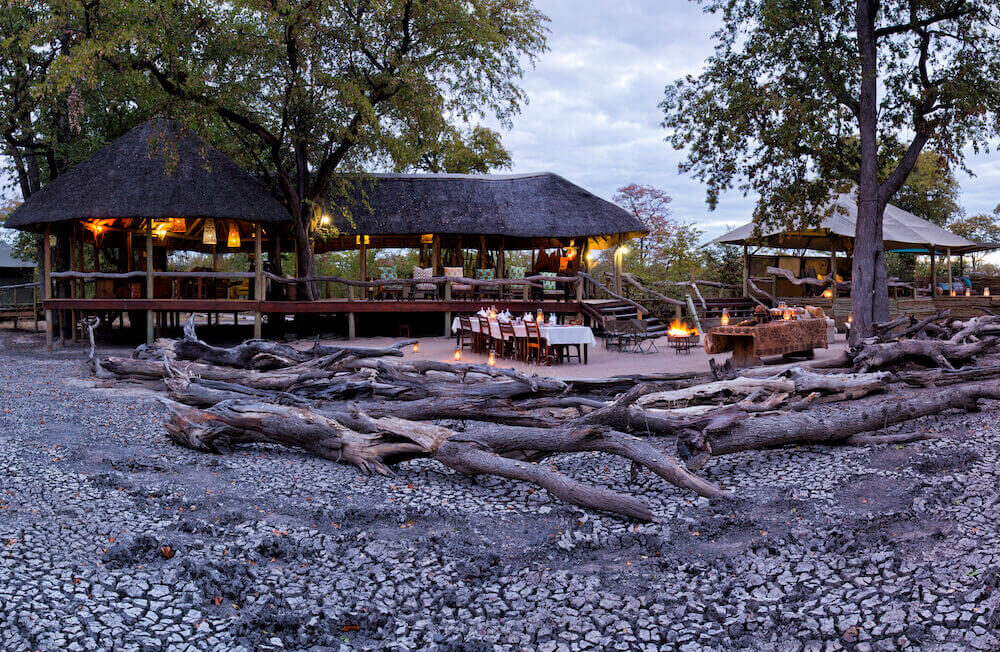
Getting there
The safari town of Maun is the gateway to the Okavango Delta and the surrounding camps. There are direct flights from Cape Town and Johannesburg and we suggest you fly to Johannesburg on an international carrier of your choice and then on to Maun. From there, you will take a smaller, light aircraft to Hyena Pan in Khwai Private Reserve.
Road transfers from Maun and self drive options are also available. It takes around 3 hours to drive from Maun and you can find directions here.
Email us
Visit
Monday – Friday: 9am – 5:30pm
Saturday: 10am – 4:00pm
1 Market Place Mews, Gardiner Place,
Henley-on-Thames, Oxfordshire, RG9 2AH
